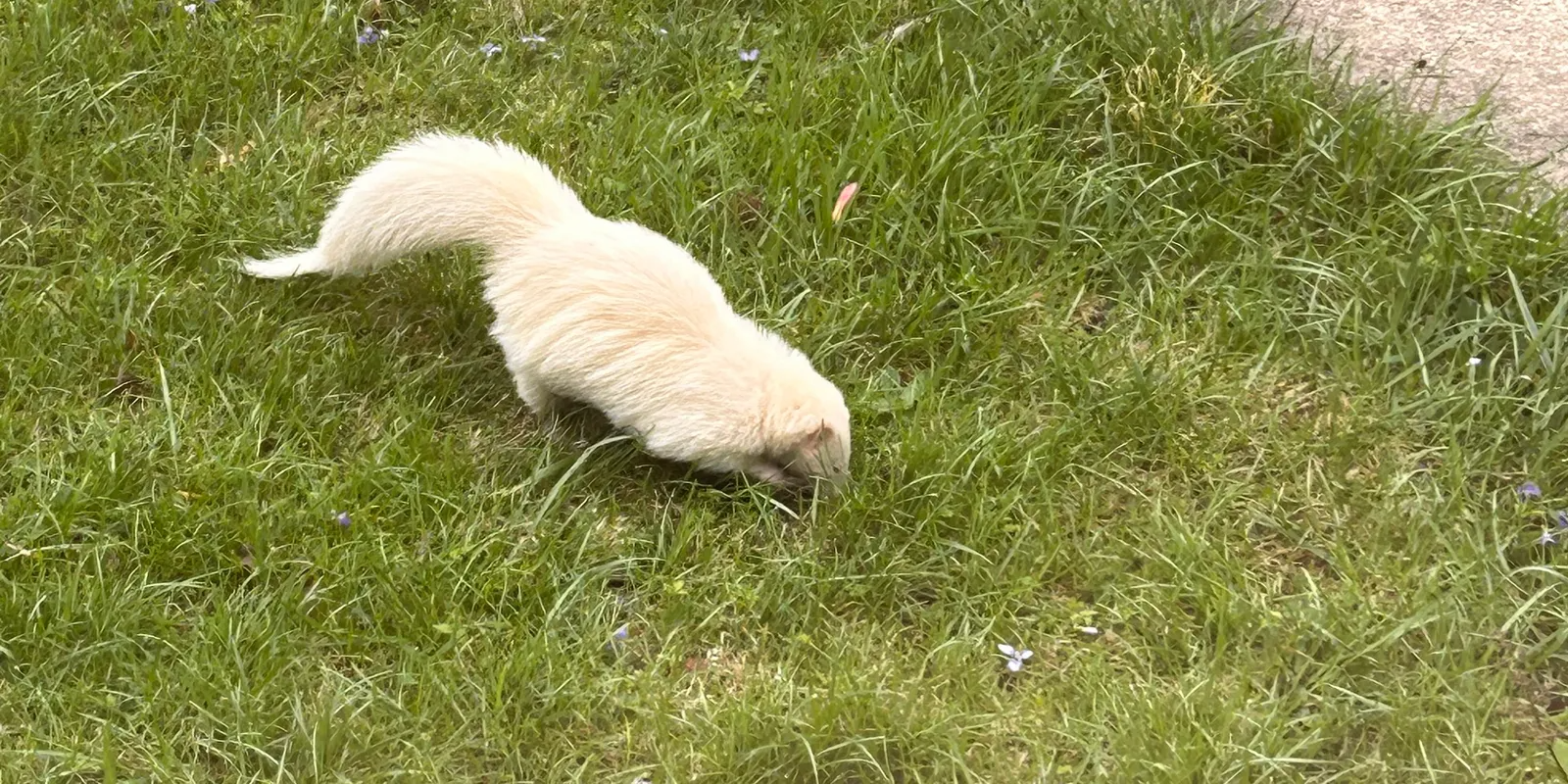Hardly anyone knows the word charadriiformes (ka-rad-re-ih-for-mees), but most people have heard the English name for the unpronounceable Latinized word: shorebirds.
While “shorebirds” once applied to gulls, terns, auks and other coastal species, now the term refers to sandpipers and their allies.
Shorebirds constitute a large part of Ohio’s bird life. Forty-seven species have beendocumented, out of the approximately 445 species thus far recorded in the state. However, only eight species have nested in the state. And of those eight, only three – American woodcock, killdeer and spotted sandpiper — are common, widespread nesters.
Most of the rest are transients, and Ohio is but a temporary way station on oftenspectacular journeys. A rare Ohio breeder (it used to be far more common) is the upland sandpiper. It winters as far south as central Argentina, 5,500 miles distant.
The American golden-plover, an uncommon migrant, bests that. This hardy shorebird annually transits from breeding grounds in the high Arctic to wintering grounds in southern South America.
Some golden-plovers peregrinate nearly 20,000 miles a year. Talk about frequent-flyermiles!
It’d be hard to pinpoint the “coolest” shorebird, but black-necked stilts would have to be in the running. The big shorebirds are not shrinking violets and cannot be missed. They stand about a foot and a half in height, sport a long upcurved bill, watch the world through ruby-red eyes and are clad in tuxedo-like plumage.
Best of all, a stilt totters about on impossibly long bubblegum-pink legs. Black-necked stilts nest primarily in the western U.S., with widely scattered colonies east of the Mississippi River. They become much more common in the Caribbean and Central and South America.
The stilt has always been a very rare shorebird in Ohio. There were a smattering of reports dating to the late 1800s, then nothing until a 1967 record.
The first widely seen Ohio black-necked stilt was at Magee Marsh Wildlife Area in 1981. I was a much younger 18-year-old birder who was lucky to see it and remember well the excitement that stilt caused.
Since then, black-necked stilts reports have become much more frequent in Ohio. While still a rarity, there are multiple reports annually, including a number from central Ohio. Until 2004, the influx of stilts were all nonbreeding transients. That summer, two pairs of stilts appeared in likely nesting habitats and a pair at Big Island Wildlife Area in Marion County almost certainly nested.
There have been a handful of nesting records since, and the breeding trajectory appears to be upward. In 2008, Metroparks Toledo acquired 1,000 acres of former marshland near Lake Erie in eastern Lucas County.
Wetland-restoration work soon commenced, and today the site is known as Howard Marsh Metropark, and it is a shining example of habitat rehabilitation.
Over 230 bird species have thus far been recorded, including many nesting species. The stars of the Howard Marsh-avian show are the black-necked stilts. They began to appear soon after restoration was complete and have been present most years since, sometimes more than 10 birds at once.
They’ve regularly nested, and the photo that accompanies this column is one of this year’s breeding pairs.
Howard Marsh is well worth a visit, and you’re likely to see the big pink-legged waders if you go, and lots of other birds and wildlife, too.


































